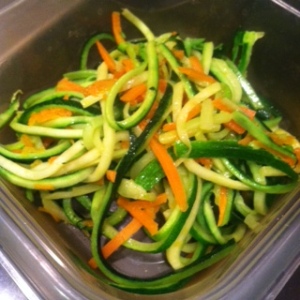 Is it a poodle? Is it a noodle? It’s zucchini noodles!!!!! Or as many like to call them the famous zoodles—perfect for low carb or Paleolithic diets. These surprisingly tasty substitutes for noodles are quicker to cook and full of beneficial nutritional treats. From boring and bland to pizzazz and pop, zoodles add both flavor and color to any dish.
Is it a poodle? Is it a noodle? It’s zucchini noodles!!!!! Or as many like to call them the famous zoodles—perfect for low carb or Paleolithic diets. These surprisingly tasty substitutes for noodles are quicker to cook and full of beneficial nutritional treats. From boring and bland to pizzazz and pop, zoodles add both flavor and color to any dish.
Zucchini provides only 17 calories per 100 g. It contains no saturated fats or cholesterol. The peel is good source of dietary fiber that helps reduce constipation and offers some protection against colon cancers. Zucchinis can be available all around the year, but they are at their best during late spring and summer seasons. In the stores, choose small to medium-sized zucchini featuring shiny, bright green skin, firm and heavy in hand. The best size for zucchini is 6 to 8 inches length and 2 inches or less in diameter. Some big sized varieties with marrow are specially grown for stuffing. Minor superficial scratches and mild bruises oftentimes seen on their surface are perfectly fine. Avoid overly mature, large zucchini with pitted skin, and those with flabby or spongy textured. Furthermore, avoid those with soft and wrinkled ends as they indicate old stock.
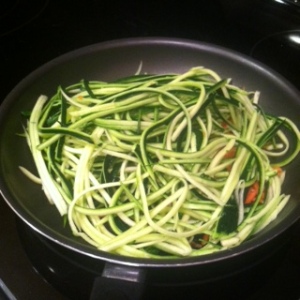
Here are some helpful tips to keep in mind:
- For this recipe, use fresher zucchini. Zucchini that has been sitting around becomes too watery and is hard to spiral/peel.
- You can use different tools to create zoodles: a sprialer or a ribbed peeler. I used a ribbed peeler.
- You can peel the skin off the zucchini, but my preference is to keep it on. It creates a nice contrasting light and dark green of color to the dish.
- Sauté the zucchini in a heated pan of olive oil or coconut oil. Start out with less oil than you think you’ll need because you can always add more in.
- Toss the zucchini a couple of times while cooking to keep it from burning and cooking through evenly.
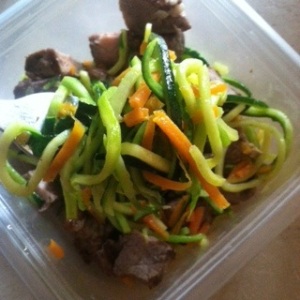 Zoodles trending popularity comes with the new wave of low carb dietary restrictions and healthier substitutions. Unlike heavy pastas, zoodles offer a low calorie, zero carb vegetable to your plate. Cooked properly, the zucchini turns a vibrant green that makes my heart melt and my mouth water. I love using fresh zucchini from the farmers market because the zucchini tends to be in better form. Whatever your reason, zoodles are a great way to enjoy vegetables and mix up your diet.
Zoodles trending popularity comes with the new wave of low carb dietary restrictions and healthier substitutions. Unlike heavy pastas, zoodles offer a low calorie, zero carb vegetable to your plate. Cooked properly, the zucchini turns a vibrant green that makes my heart melt and my mouth water. I love using fresh zucchini from the farmers market because the zucchini tends to be in better form. Whatever your reason, zoodles are a great way to enjoy vegetables and mix up your diet.
Leave a comment with your favorite zoodle addition: meat, sauce, pesto or more the options are endless. Follow my Pinterest for more recipes to try. Check back again next Wednesday for more tips and tricks from The Cooking Bug.

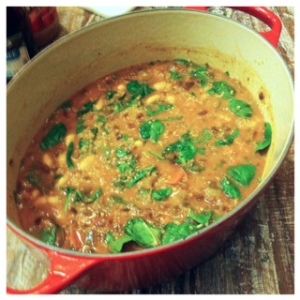
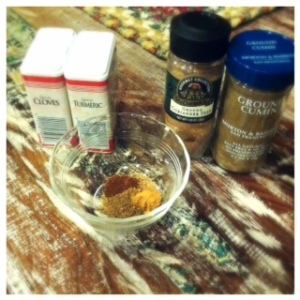
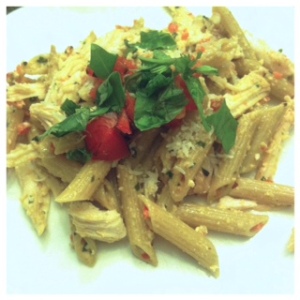
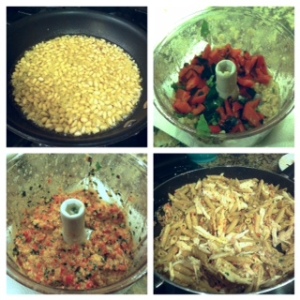
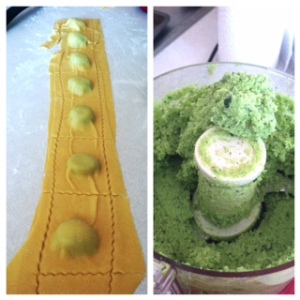 We are getting downright crazy with this recipe. It can tend to be a little more work than one might anticipate, so read the entire contents before deciding to attempt this
We are getting downright crazy with this recipe. It can tend to be a little more work than one might anticipate, so read the entire contents before deciding to attempt this 
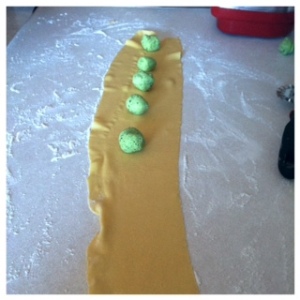
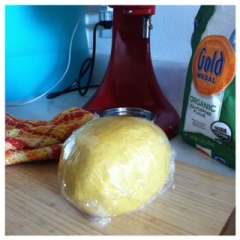 Making pasta was a process I never thought I would accomplish. Watching cooking shows with chefs under extreme pressure botch their pasta, I was sure it would be too hard to ever achieve. However, after visiting my sister I have a new found thought process into making pasta. It’s called “TAKING YOUR TIME!”
Making pasta was a process I never thought I would accomplish. Watching cooking shows with chefs under extreme pressure botch their pasta, I was sure it would be too hard to ever achieve. However, after visiting my sister I have a new found thought process into making pasta. It’s called “TAKING YOUR TIME!”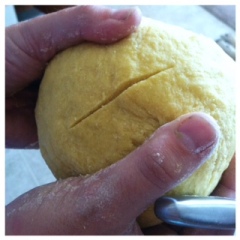
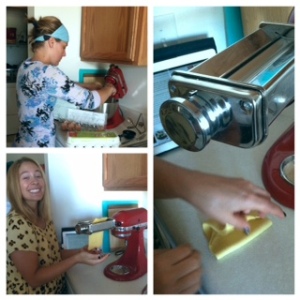
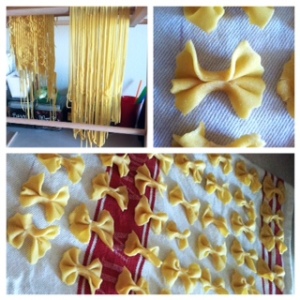 Be sure to use the pasta you’ve made within the next 48 hours to prevent it from spoiling. Any type of dough should be used quickly because of the egg components required for making them. Impress your guests and dinner friends with an enjoyable dish that is easy to make. After trying your hand at a few recipes, you’ll be a natural like my sister, Jp. I believe a pasta maker was the best birthday gift I’ve gotten her. If you plan on making pasta as much as she does, I suggest investing in a pasta machine to quicken the process; however, you can make it without the machine. In replace of the machine you can roll the dough by hand and cut it to your desired width with a pasta cutter.
Be sure to use the pasta you’ve made within the next 48 hours to prevent it from spoiling. Any type of dough should be used quickly because of the egg components required for making them. Impress your guests and dinner friends with an enjoyable dish that is easy to make. After trying your hand at a few recipes, you’ll be a natural like my sister, Jp. I believe a pasta maker was the best birthday gift I’ve gotten her. If you plan on making pasta as much as she does, I suggest investing in a pasta machine to quicken the process; however, you can make it without the machine. In replace of the machine you can roll the dough by hand and cut it to your desired width with a pasta cutter.